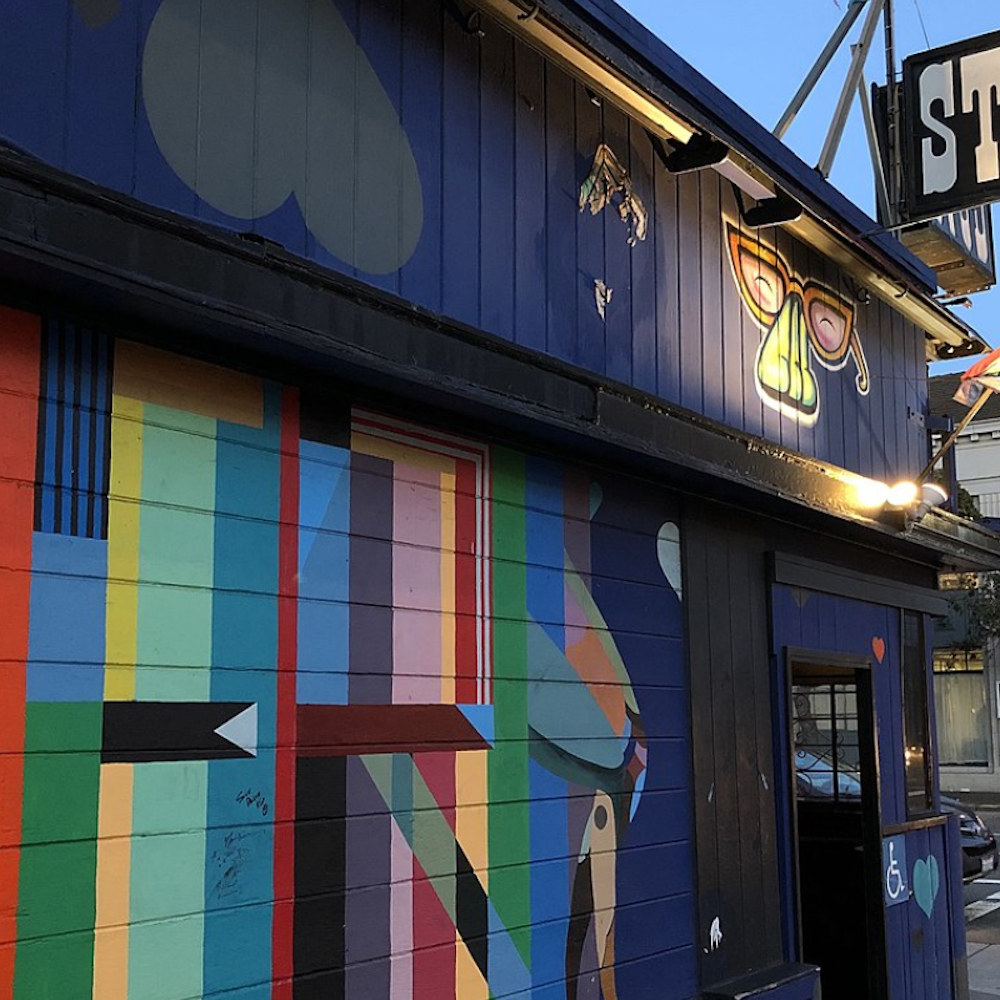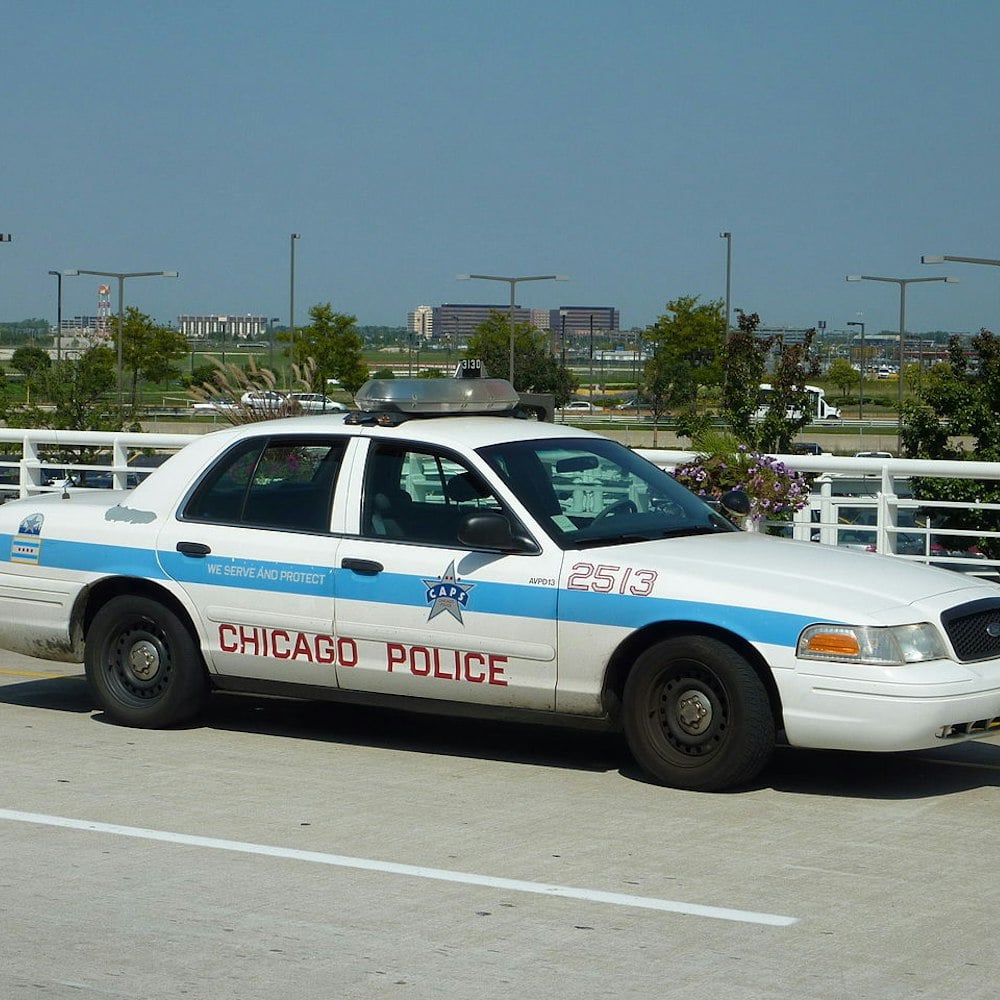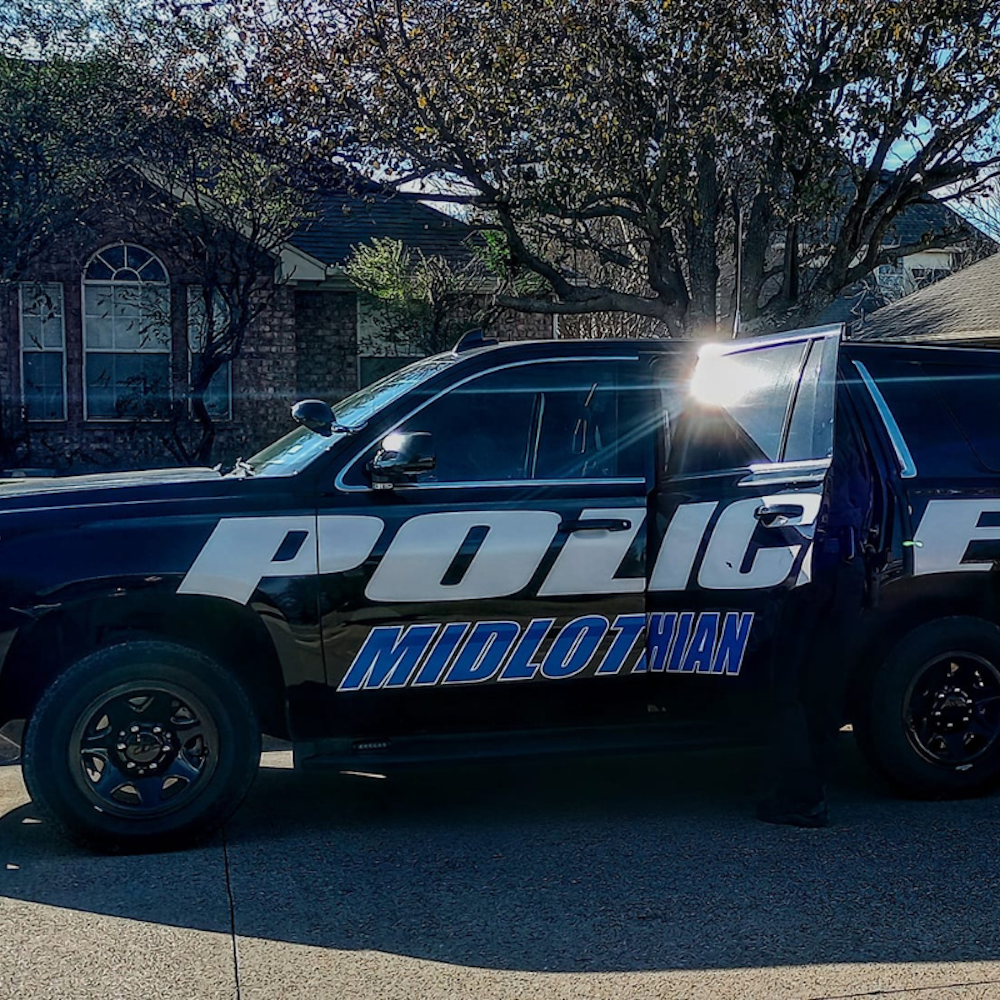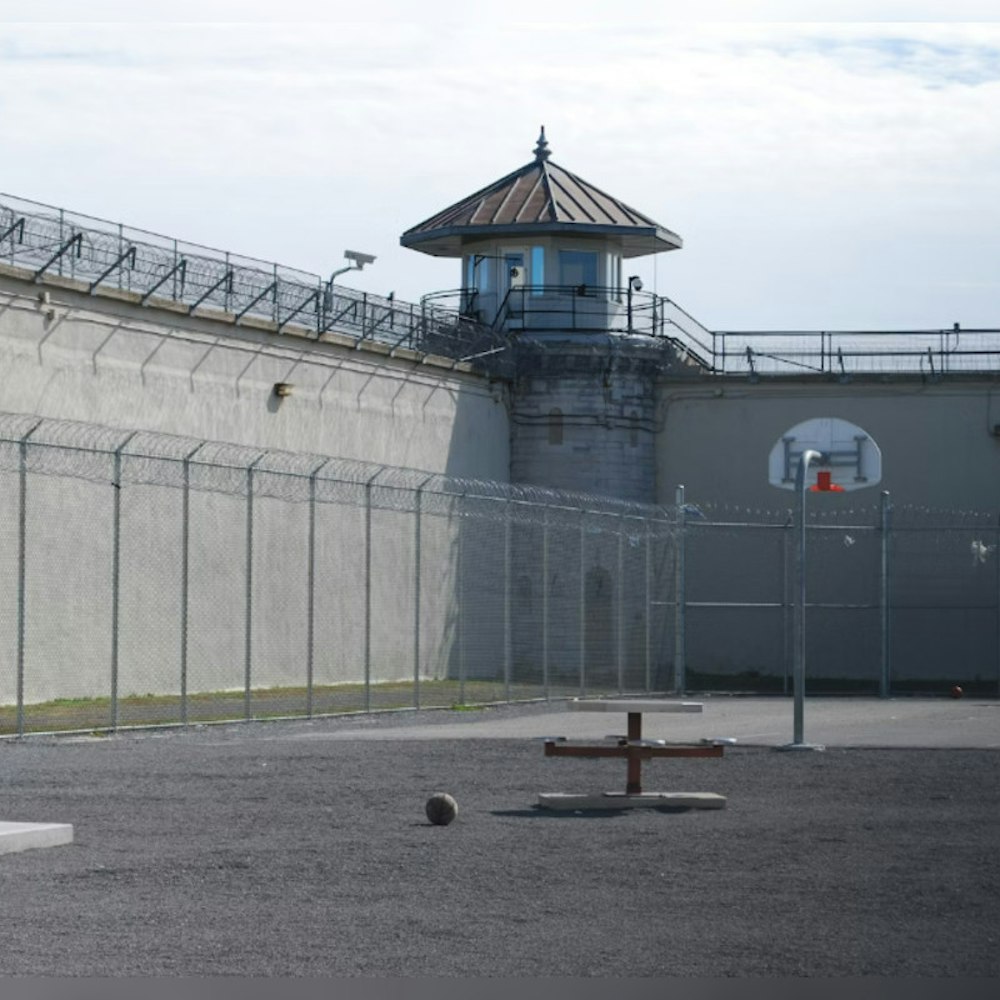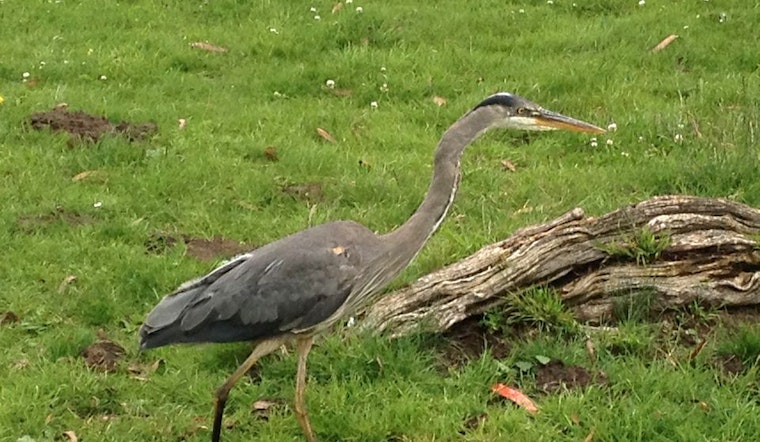
The gophers of Golden Gate Park spend most of their lives below ground, but as soon as they emerge, they're a potential meal for coyotes, great horned owls and other raptors. However, many park visitors have been astonished to learn that these furry critters have another mortal enemy: the great blue heron.
According to Victoria Heyse, a waterbird biologist at The San Francisco Bay Bird Observatory (SFBBO), there's a heron colony in Golden Gate Park that hosts five nests. Given the chance, every resident could make a meal of a pocket gopher, which can weigh up to 8.5 ounces.
@coolbiRdpics yesterday in Golden Gate Park, San Francisco pic.twitter.com/xIUarZzncH
— Elliot Lōh (@Loh) May 7, 2016
Great blue herons are wading birds, but "they eat a variety of things," said Heyse. "They like to stalk their prey, so they'll wander around and really go for anything." Fish, amphibians and smaller birds are all on the menu, "as are small mammals, if they can manage to get them."
Mature great blue herons top out at just under five feet tall, and have a wingspan of about 80 inches. Using its tapered bill as a spear, a heron on a hunt will hover over a hole until it detects movement. Once an unsuspecting gopher disturbs the loosely packed dirt that serves as its front door, the heron drives its spear-like beak into the hole.
Voila: one gopher kebab, to go.
@coolbiRdpics @TetZoo moments layer it was swallowed whole, to the horror and delight of all attending pic.twitter.com/UlGyGxhxHs
— Elliot Lōh (@Loh) May 7, 2016
Since they lack teeth, great blue herons "can swallow a lot of things," said Heyse, who added that they manipulate their prey to get the easiest angle. Unlike birds of prey, which regurgitate small bones and fur, great blue herons digest everything. According to Heyse, that the birds usually live for five to seven years, although they've been known to live into their 20s in captivity.
The heronry in Golden Gate Park is watched over by volunteers from SFBBO's Colonial Bird Monitoring Program. Since 1982, trackers have visited the park to take population counts and map nest sites. Other heron colonies in San Francisco are located near Lake Merced, the Palace of Fine Arts and Stow Lake.
SFBBO accepts applications to the waterbird monitor program year-round, but volunteers won't be assigned until January/February. Applicants must have prior experience identifying relevant species and be able to drive on dirt roads. They're also required to attend an orientation before joining the monthly surveys, which take place between March and August.
To apply, contact Kristin Butler at kbutler [AT] sfbbo DOT org.

